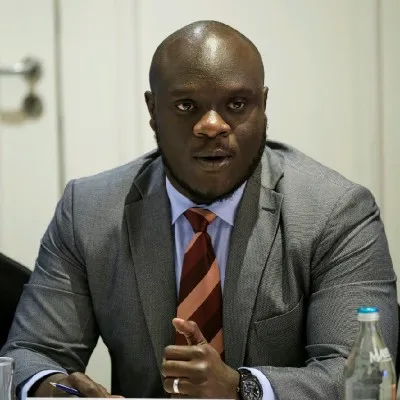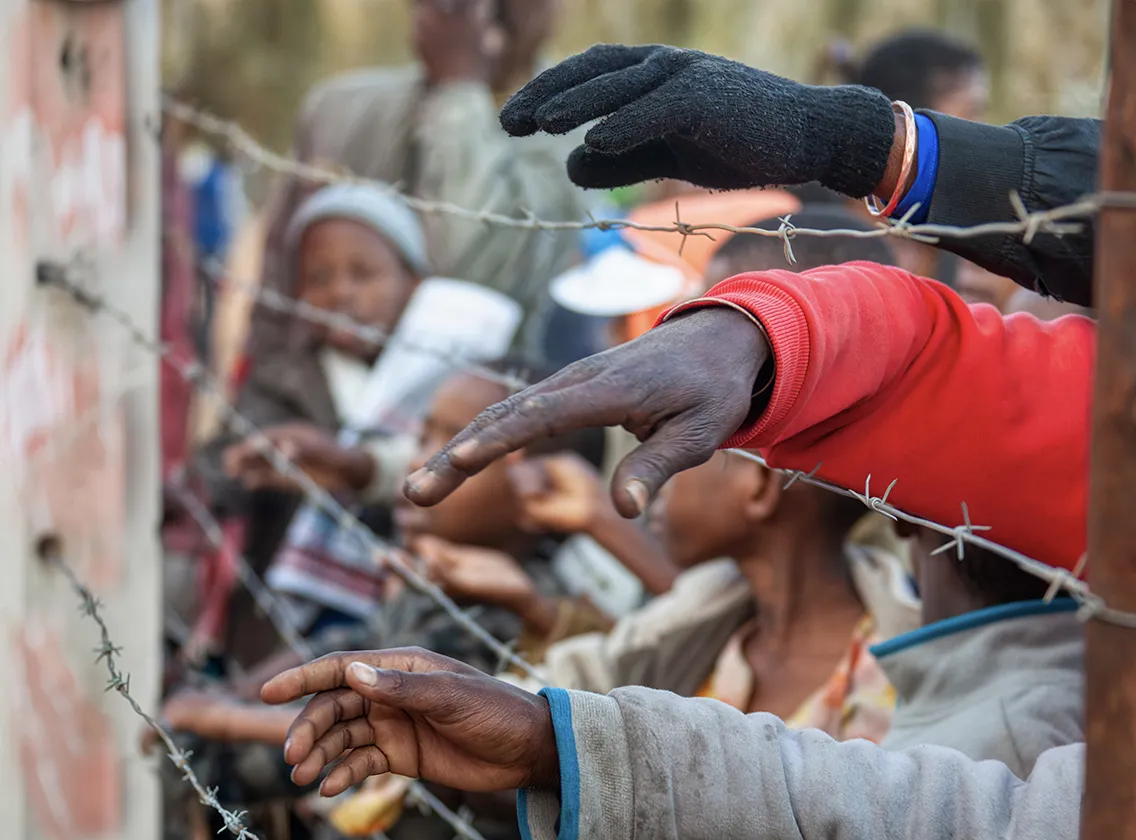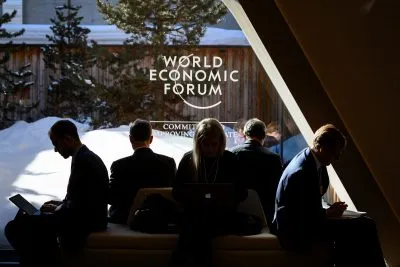For all the gains that have been made in promoting stability, fragility still remains a significant barrier to development on the continent. 19 of the world’s 35 most fragile states are in Africa, according to the World Fragility Index.
These nations, which are home to over 200 million people, representing 20% of Africa’s population, grapple with a host of complex challenges, including social unrest, political instability, corruption, weak governance, and the devastating human toll of conflict. The fragility of these states makes it particularly difficult for them to attract investment or effectively respond to shocks such as natural disasters. Additionally, they pose a risk to regional and global development due to the tendency of instability to spill over to neighbouring countries and regions.
Recognising the enormity of the challenge and the necessity for a decisive African response to ensure no country is left behind, the African Development Bank (AfDB) became one of the first multilateral development banks to incorporate the concept of fragility into its operations in 2001. By 2004, the Bank had established its first facility dedicated to supporting post-conflict countries in clearing their public debt arrears.
In 2008, the Bank launched the Fragile States Facility – now known as the Transition Support Facility (TSF) – which has through the years mobilised more than $4.9 billion to assist fragile states. The TSF’s flexibility has also allowed the Bank to respond swiftly in times of crisis. For instance, it provided rapid financial support to West African countries hardest hit by the 2014 Ebola crisis
In its latest strategy for addressing fragility and building resilience in Africa, AfDB highlights the severe challenges faced by countries enduring prolonged periods of fragility. “Countries that have experienced fragility over an extended period face higher poverty and food insecurity, wide gaps in infrastructure and public services, deep institutional deficits, and undiversified economies,” the lender states in a document outlining its current strategy, which spans from 2022 to 2026.
Prioritising investments and prevention
To transition into prosperous nations, fragile states need more than just aid; they need investment. This principle is at the heart of the African Development Bank’s (AfDB) current strategy for fragile states. “Peace and security in Africa must be an aim of investment decisions,” AfDB President Akinwumi Adesina emphasised to delegates at the Africa Resilience Forum last year.
“We need to reverse current trends and establish an alliance of partners so that we can adopt a new investment approach that favours peace,” he said. “This will truly change the development-peace-security paradigm on our continent.”
One of the key initiatives the Bank is pursuing, in collaboration with the African Union and the continent’s Regional Economic Communities, is the development of Security-Indexed Investment Bonds (SIIBs), or peace bonds. These bonds aim to finance projects that address the root causes of insecurity and rehabilitate communities and infrastructure affected by instability.
“SIIBs are new ways of lowering the risk for both communities and investors and ensuring greater effectiveness,” Adesina noted, adding that the Bank aims to raise at least $5 billion from international capital markets by 2030 through these specially tailored instruments.
Additionally, the Bank is dedicating significant resources to preventing instability stemming from conflict, including the use of data and digital tools to detect early warnings of trouble. “The Bank brings a rich body of learning from its 20-year engagement in tackling fragility in Africa. Key lessons include the need to consider ‘prevention’ as a core principle guiding the Bank’s engagement in fragile settings, and to integrate preventative interventions across all sectors and contexts,” the Bank states in its strategy.
Adesina reiterated this crucial learning at the Resilience Forum, highlighting that “every dollar invested in prevention saves $16 in humanitarian and reconstruction spending in the aftermath of conflict.”

 Sign in with Google
Sign in with Google 



